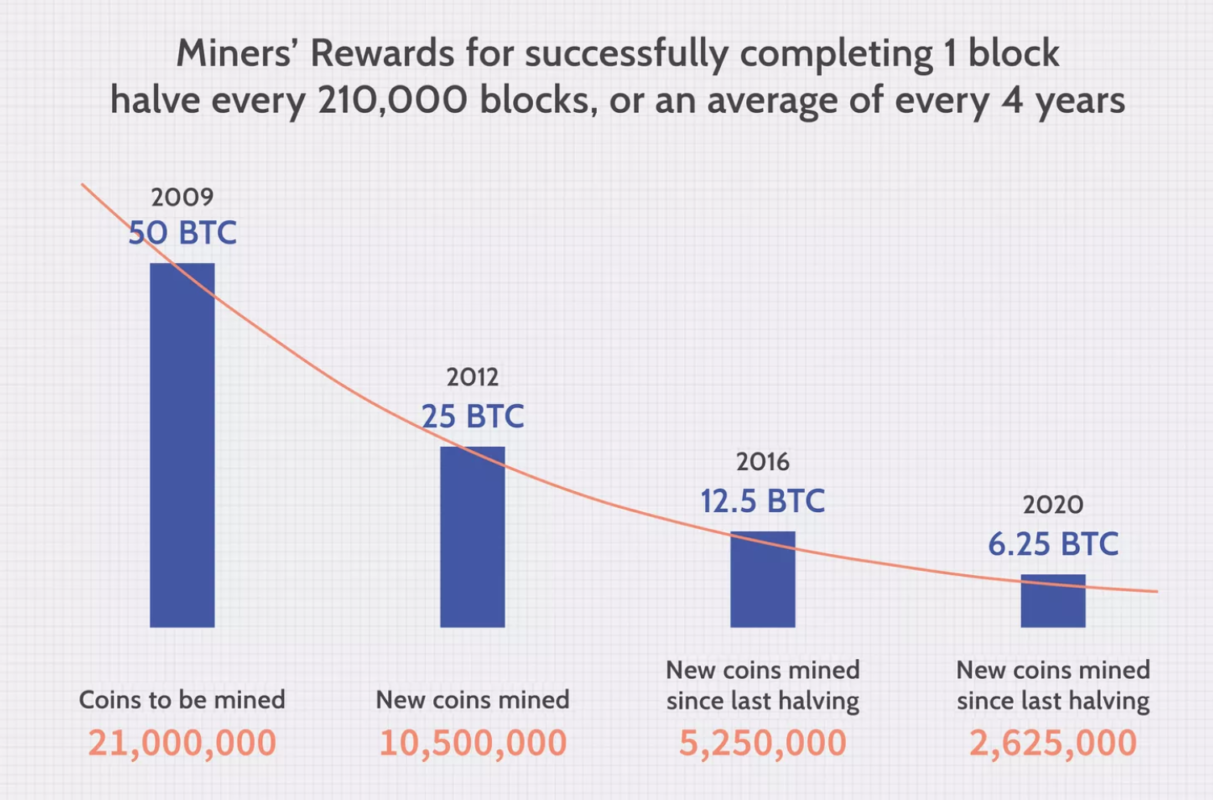Guides
How to Mine Bitcoins: A Step-by-Step Guide
How to mine bitcoins, bitcoin mining is a fascinating process that has attracted tech enthusiasts and investors worldwide. If you’re curious about how to mine bitcoins and whether it’s a viable venture for you, this guide will walk you through the essentials.
What Is Bitcoin Mining?
Bitcoin mining is the process of validating transactions on the Bitcoin blockchain. Miners use specialized hardware and software to solve complex cryptographic puzzles, which confirm transactions and add them to the blockchain. The first miner to solve the puzzle is rewarded with newly minted bitcoins. This process not only secures the network but also introduces new bitcoins into circulation.
How Does Bitcoin Mining Work?
When a Bitcoin transaction is made, it is grouped with other transactions in a “block.” Miners must solve a complex mathematical problem related to the block, known as hashing. The goal is to find a hash (a 64-digit hexadecimal number) that is less than or equal to a specified target value. This process involves guessing a number (called a “nonce”) and running it through the hashing algorithm until a solution is found.
For example, if you hash the phrase “Hello World!” using the SHA-256 algorithm, you’ll get a unique 64-digit output. If you slightly alter the input, the output changes completely, which makes finding the correct hash a trial-and-error process. Miners repeat this process millions of times per second until they discover the correct hash.
Why Mine Bitcoin?
Mining Bitcoin offers financial rewards. In 2024, each successfully mined block earns 6.25 bitcoins, a reward that will halve approximately every four years. As the value of Bitcoin has risen, so has the appeal of mining, with rewards potentially worth hundreds of thousands of dollars. However, mining is highly competitive and requires substantial investment in hardware and electricity.
The Essential Tools for Bitcoin Mining
1. Mining Hardware
To start mining, you’ll need specialized hardware. While you can technically mine Bitcoin with a regular computer, the chances of success are minimal without a powerful graphics processing unit (GPU) or an application-specific integrated circuit (ASIC). These devices are designed to perform the intense computations required for mining efficiently.
- GPUs: Typically used for gaming, GPUs are also capable of mining cryptocurrencies. Prices range from $1,000 to $2,000.
- ASICs: These machines are purpose-built for mining and are significantly more efficient than GPUs. However, they come with a hefty price tag, often exceeding $10,000.
2. Mining Software
Mining software connects your hardware to the Bitcoin network and pools. Popular options include CGMiner and BFGMiner, which are compatible with most hardware setups.
3. Mining Pools
Due to the competitive nature of Bitcoin mining, joining a mining pool is often necessary. A mining pool is a group of miners who combine their computational power to increase the chances of solving the hash and earning rewards. The rewards are then distributed among the pool members based on their contribution to the pool’s total hash rate.
The Challenges and Considerations of Bitcoin Mining
Mining Bitcoin is not without its challenges. Here are some key considerations:
1. High Costs
The initial investment in hardware and ongoing electricity costs can be substantial. ASICs, in particular, consume a lot of power, leading to high utility bills.
2. Environmental Impact
Bitcoin mining has been criticised for its environmental impact. The energy required for mining is immense, and in some cases, it’s comparable to the energy consumption of entire countries. Efforts are being made to switch to renewable energy sources to mitigate this impact.
3. Regulatory Concerns
In some countries, Bitcoin mining is either restricted or outright banned. Always check the legal status of mining in your jurisdiction before investing in equipment.
Is Bitcoin Mining Profitable?
The profitability of Bitcoin mining depends on several factors, including the price of Bitcoin, the cost of electricity, and the efficiency of your hardware. As the Bitcoin reward halves every four years, mining becomes increasingly challenging and less profitable for individual miners. Joining a mining pool can increase your chances of earning a reward, but it also means sharing the profits.
How to Start Mining Bitcoin
If you’re ready to start mining Bitcoin, here are the steps you’ll need to follow:
- Choose Your Hardware: Decide between a GPU or an ASIC miner based on your budget and goals.
- Select Mining Software: Download and install the mining software compatible with your hardware.
- Join a Mining Pool: Increase your chances of earning rewards by joining a reputable mining pool.
- Start Mining: Connect your hardware to the mining software and pool, and begin mining.
For detailed guidance on setting up your first mining rig, check out our step-by-step guide.
Conclusion
Bitcoin mining is a complex but rewarding venture. Whether you’re interested in the technology behind it or the potential profits, it’s essential to understand the challenges and requirements before diving in. If you’re looking to get started with mining or simply want to explore other profitable cryptocurrencies, visit our guide on the best crypto to buy now.
For those interested in optimizing their mining setup, understanding how to choose the right ASIC miner is crucial. Learn more in our article on choosing the right ASIC miner.
For more detailed information on Bitcoin mining, you can also check out this Wikipedia article.

